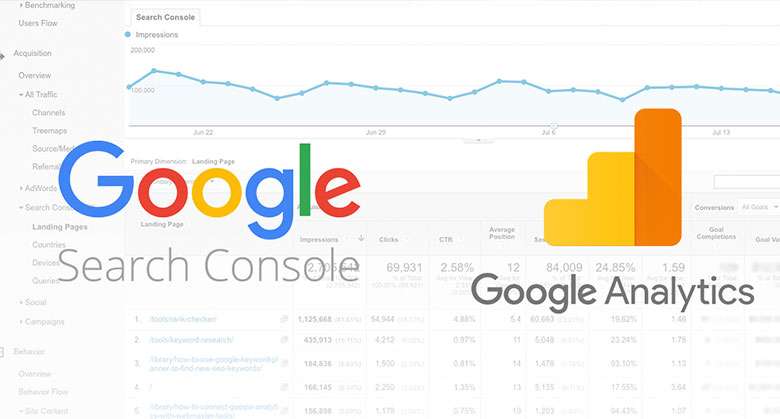Most car dealerships across the country have a website, and it’s usually viewed by as another platform to advertise inventory and specials. A consequence of this very straight-forward perspective is that many dealer sites are poorly maintained. Since shoppers are spending months on the web searching for information about different brands and models, having a website that doesn’t function properly can kill any chance of engaging with these potential buyers. Worse still, this is one of the most significant reasons why your store’s site isn’t showing up on the first or second page of a search engine results page (SERP). Let’s take a look at some of the basics parts of a website that must be up and running to keep future customers on your VDP.
Every site has two key components: information architecture (IA) and user experience (UX). IA refers to the actual structuring of the website: which pages are available, which menus are unique to a page, which ones are available everywhere, and so on. If a vendor is maintaining your site, their template supplies the IA. Ideally, every single link throughout your site should have been checked to ensure that they all work. This is a crucial first step when combing through your site for errors. Broken links are a vital factor in why a website is pushed farther down the results page of a search.
The second component, UX, is the content on the site that is meant to engage with buyers. This includes checking for spelling or grammatical errors, as well as making sure your photos aren’t grainy. One of the essential features that managers should be looking for is load speed and mobile optimization. If your page loads too slowly, no shopper will wait for it. Similarly, at an age when we all have access to computers in the palm of our hands in the form of watches, smartphones, and tablets, there is no reason why a page shouldn’t load quickly and fit any size screen. A bandwidth detector and a savvy webmaster can make all the difference in this case.
SEO campaigns won’t do you much good unless these elements are running correctly. Let’s say you want to check on your vendor with an external program. We recommend two programs to ensure smooth sailing: Google Analytics and AhRefs. Google Analytics (GA) provides a lot of crucial information for dealership managers and marketers. Besides allowing you to compare how all of your vendors are performing quickly and easily, you’ll also be able to do see where the hiccups are. For example, you’ll be able to see the flow of shoppers and where they drop off in their search. This can give you a clue to a broken link or a page that isn’t loading quickly. Time on site and page load time are also great tools to help you and your team understand where the web traffic is hitting a virtual jam.
AhRefs seems a little more technical, but the concept is simple. These reports provide critical details for your website’s health. If you’re working with a vendor who uses this report, it would be a good idea to consult with them for tips and ideas on how to improve your domain rank. This number is used by search engines to place sites on a SERP. Basically, the higher the number, the better the positioning. These reports provide that number, as well as details about broken links and the number of backlinks, or shared juice you have with other sites. Like domain rank, the more backlinks you have, the better off your site is.
While Google Console is an incredible tool to have at your disposal, most dealership stores don’t have the time or resources to work through it. Instead, easy to use and practical tools are the keys to successfully managing a website and any online campaigns. Since your store’s website is the first impression a customer has of your commitment to excellent service, the quality of your inventory, and you’re overall “vibe,” it’s a tool worth investing in thoughtfully. As we move deeper into the digital age, your overall success will depend on the image your site projects.


